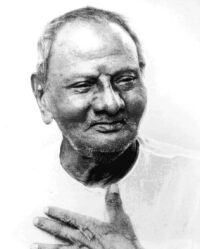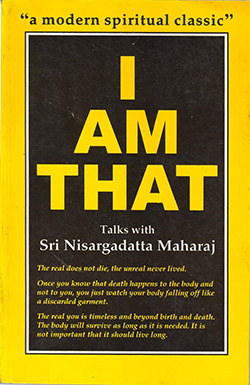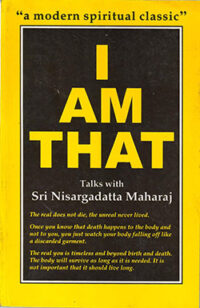“If I should arrive at the Mystic Truth, it will be as a result of divine assistance. If I fall short, human deficiency will be the cause.”
Ibn Abbad al-Rundi, Sufi Poet
About the Perennial Way

At the heart of every authentic spiritual tradition is the idea that there is a singular, ineffable, infinite reality that is both the source and essence of all that is (that means you and I too). Known by many names – God, Brahman, Tao, Source, One – its realization is said to be available to those who earnestly seek it. Across time enlightened messengers in the form of Buddha, Jesus, Shankara, Lao-Tzu, Rumi (to name just a few) have contributed to this perennial wisdom. If you’re here, chances are you’ve been called to their message.
About the Perennial Way
At the heart of every authentic spiritual tradition is the idea that there is a singular, ineffable, infinite reality that is both the source and essence of all that is (that means you and I too). Known by many names – God, Brahman, Tao, Source, One – its realization is said to be available to those who earnestly seek it. Across time enlightened messengers in the form of Buddha, Jesus, Shankara, Lao-Tzu, Rumi (to name just a few) have contributed to this perennial wisdom. If you’re here, chances are you’ve been called to their message.
Quick Links
Recent Posts
Nothing Found
Recent Posts

When I was a kid my older sister was tasked with teaching me and my brother how to pray to god before bed. So each night she'd come in and help [...]

I recently went through another one of those stretches where, while my mind was busy agitating over some drama about which I was certain I was 'right' and could be of [...]

Jesus, the Buddha, Lao Tzo, Ramana Maharshi, Rumi, and scores of other mystics simply and consistently stated that our lone goal in this world is to (re)discover our true nature, the central [...]

So when you think about yourself and those you know best, what is it that each of us wants above all else? When you peel back all the thoughts and [...]

I used to think life was about finding one's purpose, bliss, cause, etc. That we were born with a life sentence and before its end date we had this very tangible [...]

There’s something within you that knows what to do. Surrender your thoughts, your mind, your ego, to the current that knows the way. It will take care of you. It will take better care of you than you can ever imagine.
– Robert Adams –
Nothing Found

“Never forget what you’re looking for is what is doing the looking.”
– Wei Wu Wei –
“Never forget what you’re looking for is what is doing the looking.”
– Wei Wu Wei –







